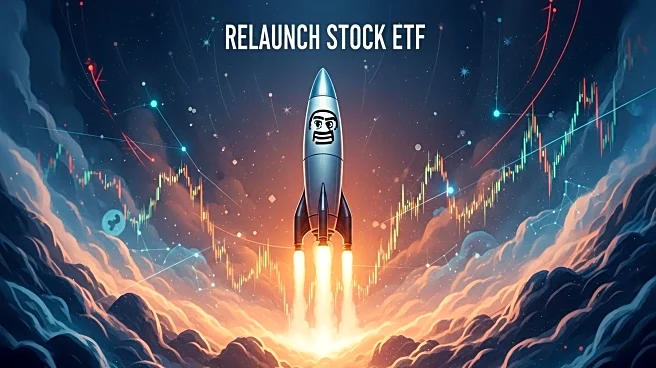What's Happening?
Lazard Asset Management has introduced a new actively-managed infrastructure exchange-traded fund (ETF) named the Lazard Listed Infrastructure ETF. This fund is designed to provide investors with access to Lazard's expertise in the infrastructure sector, focusing on companies with market capitalizations exceeding $2 billion. The ETF aims to capitalize on the growing global trend of infrastructure investment, driven by the need to modernize aging assets. According to Lazard, this segment of the market offers higher revenue, greater predictability, increased profitability, lower volatility, and reduced risk compared to the broader infrastructure sector. The fund will include 25 to 50 investments, providing a diversified approach to infrastructure investing.
Why It's Important?
The launch of the Lazard Listed Infrastructure ETF is significant as it reflects the increasing importance of infrastructure investment in the global economy. As countries around the world seek to upgrade and modernize their infrastructure, there is a growing demand for investment vehicles that can provide exposure to this sector. For investors, this ETF offers a way to participate in the potential growth and stability associated with infrastructure projects, which are often seen as essential and less volatile compared to other sectors. The fund's focus on large-cap companies further enhances its appeal by targeting established firms with a track record of performance.
What's Next?
As the Lazard Listed Infrastructure ETF enters the market, it is likely to attract interest from investors seeking stable and predictable returns. The fund's performance will be closely watched, particularly in the context of global economic conditions and infrastructure spending trends. Additionally, Lazard's commitment to providing efficient investment tools suggests that further product launches could be on the horizon, potentially expanding their offerings in the ETF space. Stakeholders, including financial advisors and institutional investors, may evaluate the fund's alignment with their investment strategies, considering its potential to enhance portfolio resilience.










